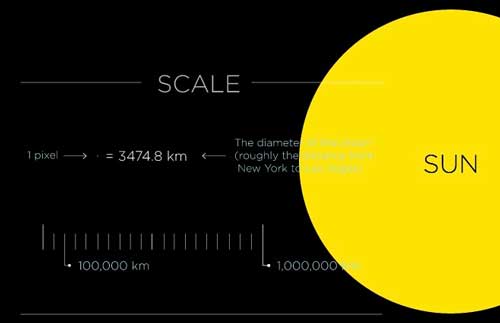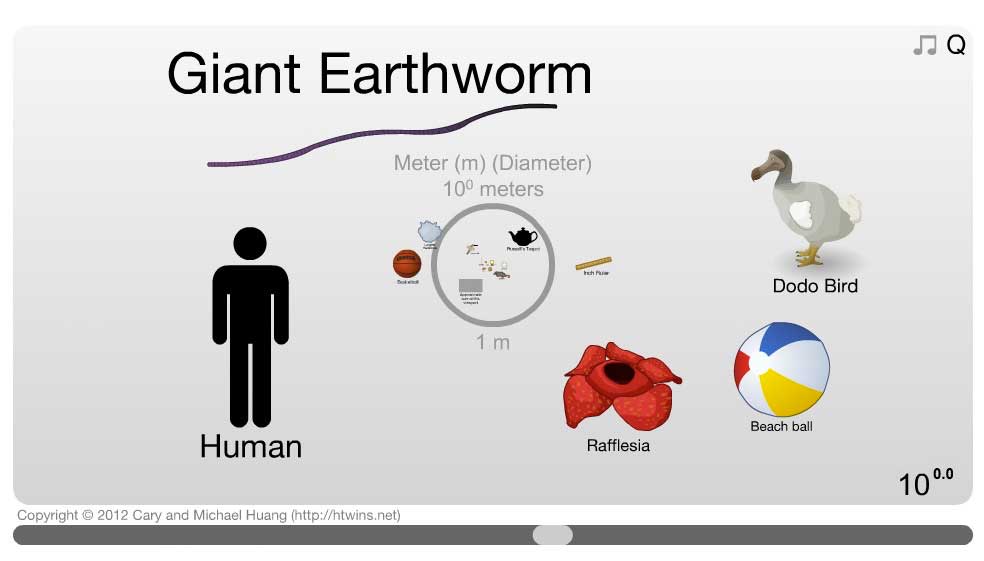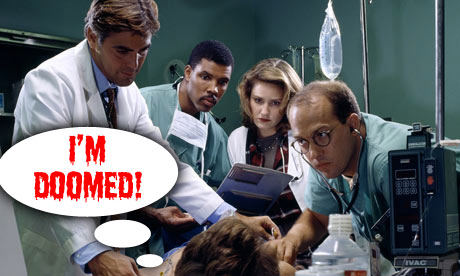One little tidbit of info in the latest 99% Invisible podcast episode was about the military’s attempt to weaken a hurricane.
Project Cirrus
Project Cirrus was the first attempt to modify a hurricane. It was a collaboration of the General Electric Corporation, the US Army Signal Corps, the Office of Naval Research, and the US Air Force. After several preparations, and initial skepticism by government scientists,[6] the first attempt to modify a hurricane began on October 13, 1947 on a hurricane that was heading west to east and out to sea.
An airplane flew along the rainbands of the hurricane, and dropped nearly 180 pounds (82 kilograms) of crushed dry ice into the clouds. The crew reported “Pronounced modification of the cloud deck seeded”. It is not known if that was due to the seeding. Next, the hurricane changed direction and made landfall near Savannah, Georgia. The public blamed the seeding, and Irving Langmuir claimed that the reversal had been caused by human intervention.[6] Cirrus was canceled, and lawsuits were threatened. Only the fact that a system in 1906 had taken a similar path, as well as evidence showing that the storm had already begun to turn when seeding began, ended the litigation. This disaster set back the cause of seeding hurricanes for eleven years.
At first the seeding was officially denied and it took years before the government admitted it. According to the Sept. 12, 1965 edition of the Fort Lauderdale News and Sun-Sentinel, in 1947 a hurricane “went whacky” and “Twelve years later it was admitted the storm had in fact been seeded.”
Read more here,
Wikipedia page on Project Stormfury
From 99pi
“In 1947, Irving Langmuir’s research team at GE tried to break up a hurricane by dumping a lot of dry ice into it to see if it would collapse. But instead the hurricane changed trajectory, became stronger, and hit the Georgia coast. ”
99% Invisible “Making It Rain”






![By U.S. Department of State from United States [Public domain], via Wikimedia Commons](https://www.somethingofinterest.com/wp-content/uploads/2017/11/Secretary_Kerry_Sits_Inside_One_of_Googles_Self-Driving_Cars_at_the_2016_Global_Entrepreneurship_Summits_Innovation_Marketplace_at_Stanford_University_27786627621.jpg)



![By Leendertz (Own work) [CC BY-SA 3.0 (http://creativecommons.org/licenses/by-sa/3.0)], via Wikimedia Commons](http://www.somethingofinterest.com/wp-content/uploads/2015/08/PalmCivet.jpg)


 You may be surprised that fictional hospitals on TV do not have a very good track record compared to real life. According to research by Amir Hetsroni, an Israeli professor of communications, your chances of survival are pretty slim if you are a patient on a medical drama. From
You may be surprised that fictional hospitals on TV do not have a very good track record compared to real life. According to research by Amir Hetsroni, an Israeli professor of communications, your chances of survival are pretty slim if you are a patient on a medical drama. From